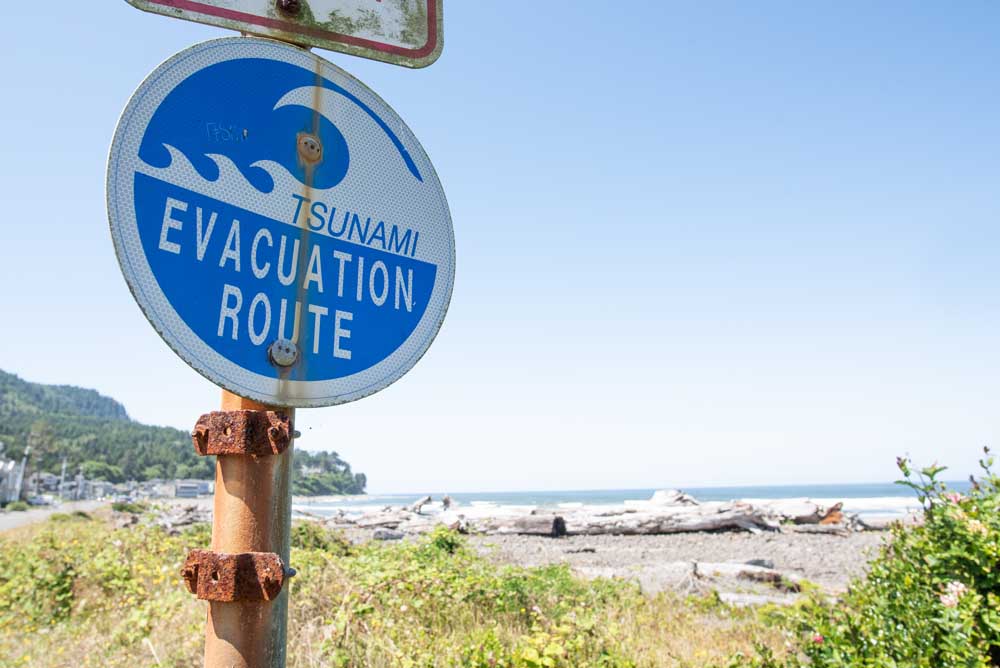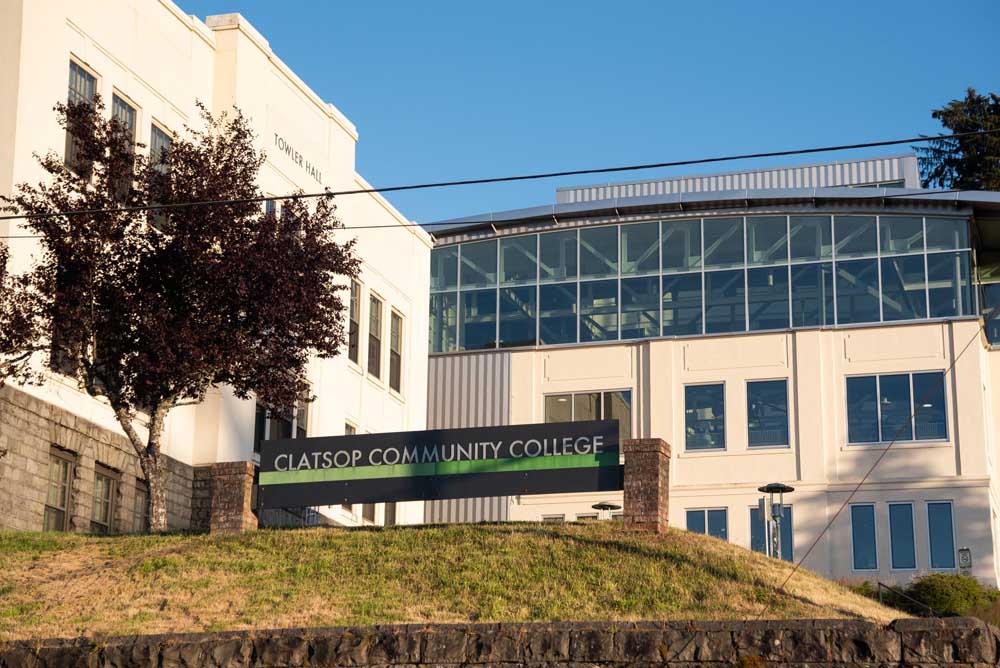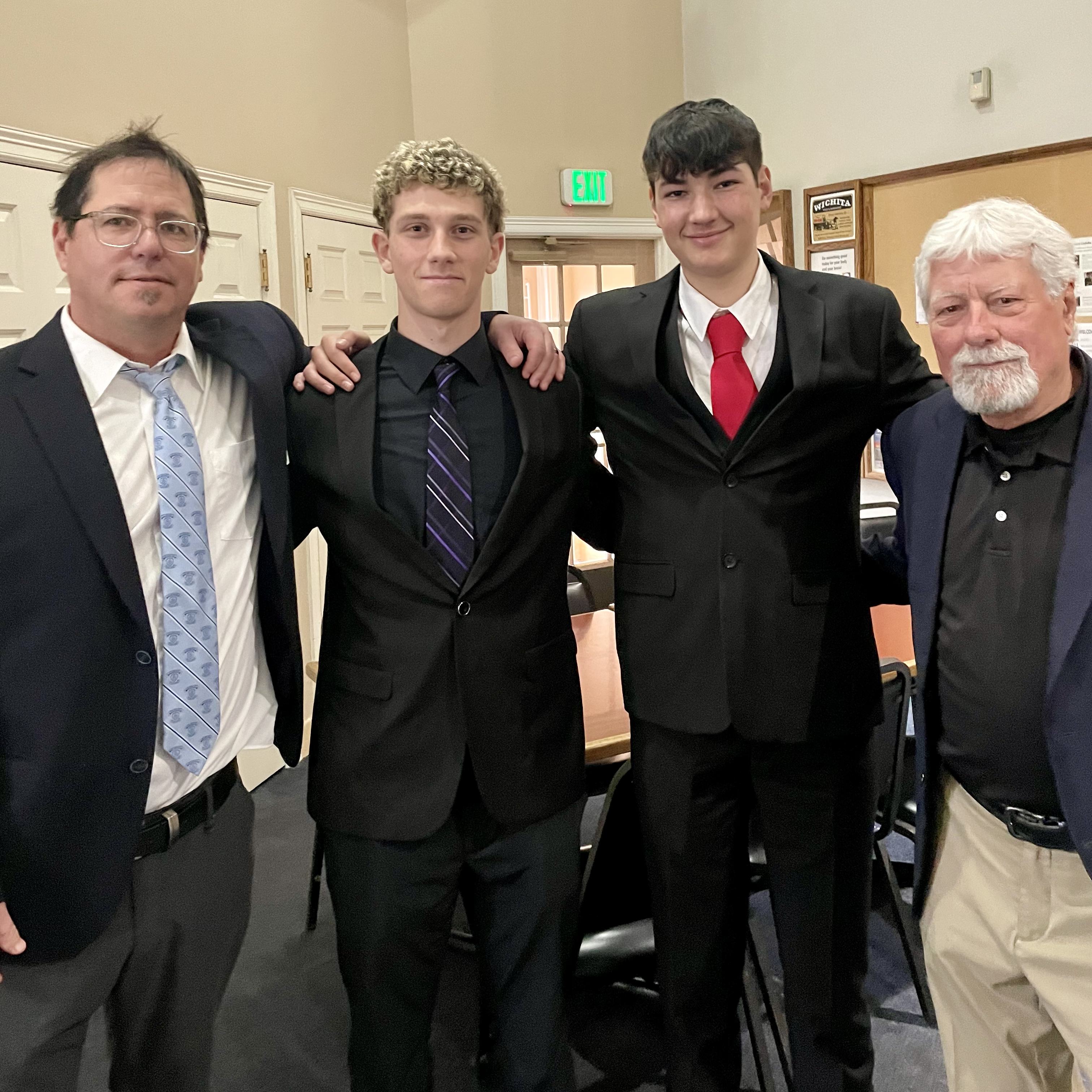Tsunami event put Astorians on high alert Tuesday
Published 1:12 pm Wednesday, July 30, 2025
The all clear came late Wednesday morning
After an earthquake of 8.8 magnitude, one of the strongest ever recorded, shook Russia’s Kamchatka peninsula at 4:25 p.m. Pacific Time on Tuesday, the National Weather Service issued a cascade of tsunami bulletins, ranging from warnings to watches, along the West Coast from California to Washington, and Alaska and Hawaii.
For Astoria, the bulletins ranged from a watch to an advisory. Tyler Kranz, a meteorologist with the National Weather Service, said an advisory means dangerous currents and waves rather than devastating flooding. However, Kranz said conditions can still be life-threatening for those who venture into or around the ocean.
Trending
“The tsunami wave heights are generally under one to two feet, so that actually makes it more dangerous because if you’re swimming or walking or whatever you’re likely not going to notice an incoming tsunami wave because it’s too small,” he said. “But the wave energy with these tsunami waves is a lot higher than a typical wave of similar height.
“So basically what that means is, when this wave that appears small to the human eye pushes onto the beach, it will run up on the beach a lot further than normal, and it would likely do so unexpectedly, and that incoming wave could very easily knock a beach goer off their seat and kind of drag them out to sea, and from there, you know — there’s obviously danger there.”
At about 11:08 a.m. Wednesday, the all clear was sent out via mass phone texts by Clatsop County Alerts to community residents.
Alerts, watches, warnings explained
According to usa.gov, there are four levels of tsunami alerts: warning, advisory, watch and information statement. For those of us who live on the West Coast, it’s a good idea to know what each level means.
Trending
Tsunami warning (red) means: Danger! Take action now! This alert comes when a tsunami is imminently expected or actually occurring. Dangerous coastal flooding and powerful currents are possible and may continue for hours or days. Evacuation and/or moving to higher ground is recommended.
Tsunami advisory (orange) means: Take action, a tsunami is very near, expected or occurring. Stay out of the water and away from waterways.
Tsunami watch (yellow) means: Be prepared. A tsunami may be possible from a distant earthquake. Stay alert for more information.
Tsunami information statement (green): Relax. An earthquake has occurred but it was either very far away and not a threat, or the threat hasn’t been deemed to be a destructive weather event.
All clear — for now
While widespread relief was practically a tangible feeling for many on Wednesday following a close brush with what could have been a calamitous disaster, other local reactions ranged from blasé to fear.
Gary Lukens said he’s lived on the coast for about 45 years and keeps a close eye on the weather. He’s educated himself about tsunamis and “I know a little bit about ocean currents and stuff and from what I know, this was a mild one.”
Mary (Abing) Kunis and her son, Nick Kunis, were visiting Astoria from Portland and the Tri-Cities area in Washington respectively when they saw news of the tsunami alert. They said the event made them nervous.
“I was up until 11:55 p.m. (checking the news),” Nick Kunis said. “They were saying the first wave would hit Seaside.” He said his hotel was on the edge of “the tsunami safe zone” and he decided to move his car just in case. “I moved my car up to higher ground last night.”
Mary Kunis said she also was up late watching the news online and checking tsunami safe zones. She worried about one sister but felt her other sister would be OK.
“I have a sister who has a condo in Gearhart,” Mary Kunis said. “She told me a lot of people we’re evacuating from the condos and leaving town.”
Her other sister has a house in the hills of Astoria – this was Mary Kunis’s evacuation plan, in case she needed to execute it. “We would’ve gone up there because it’s safe,” she said.
Brenda Holmes-Stanciu and Cass Moran described their reactions to hearing the news Tuesday.
“We got the warning, and so we began to contact our neighbors, trying to figure out if we should move our cars,” Holmes-Stanciu said. She said that she works for the Haystack Rock Awareness Program in Seaside, and began reaching out to everyone she could to try and get information for her community. She also called her neighbor who lives in the Astoria hills to ask if she could come up if necessary.
Holmes Stanciu said she reached out to sources in Hawaii to try and figure out how the waves were impacting them — and she even had information coming in from Alaska.
“My friends’ son is in the military in Alaska,” Holmes-Stanciu said. “They had to evacuate, and then prepare in case they had to evacuate others in the area.”
Moran’s daughter was at summer camp, “at Camp Kiwanilong,” over by Fort Stevens. “But I checked and saw it was in the yellow zone.”
Moran said that after Tuesday’s tsunami scare, they’ll probably put together an emergency kit to be safer next time.
Community members can sign up for the Clatsop Alerts online at clatsopcounty.gov.










